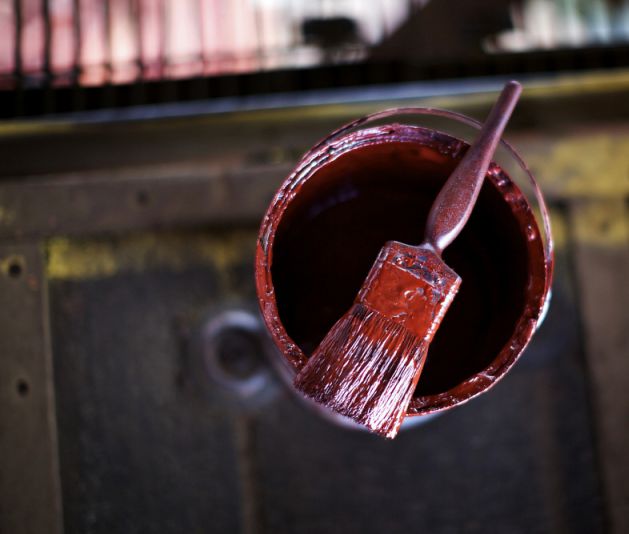By: Gilbert Nakweya
Send to a friend
The details you provide on this page will not be used to send unsolicited email, and will not be sold to a 3rd party. See privacy policy.
[NAIROBI] Developing countries, especially those in Sub-Saharan Africa and Asia, need to speed up efforts to establish lead in paint controls, says environmental experts.
Doing so will help address the environmental and health risks from lead additives in paints and batteries.
According to the experts, exposure to lead in paint, cosmetics and batteries could damage a child’s health causing speech problems, brain damage, and anaemia as well as reduce fertility in women and increase the risk of kidney and heart-related diseases.
“We need action to save the health of children and the future.”
Batio Bassiere, Ministry of Environment and Sustainable Development, Burkina Faso
The experts were discussing a global report on lead released during the 2nd session of the United Nations Environmental Assembly in Kenya this week (23-27 May).
The report produced by the United Nations Environment Programme (UNEP) in partnership with the US-based World Resources Institute (WRI) shows the challenges of meeting Vision 2020 despite global progress to establish lead controls. The vision has a goal that by 2020 all countries enact laws to control the production, import, sale and use of lead paints.
“According to this report, only 36 per cent of countries have legally binding limits on lead paint. This suggests a significant gap still needs to be filled to achieve the target on time,” writes Achim Steiner, executive director of UNEP, in the report’s foreword.
Carole Excell, the project director of The Access Initiative, a project of WRI for increasing access to justice worldwide, tells SciDev.Net that developing nations such as those in Africa, Asia, Latin America and the Caribbean need to take urgent steps for comprehensive legislation to regulates lead in paint.
“They should put a priority on the setting of lead in paint limits and requiring testing and labelling standards to ensure that the most vulnerable children and pregnant women can reduce their risk to exposure to lead in paint,” Excell explains.
WRI commissioned lawyers, non-government organisations, and environmental research organisations from Asia, Africa, Europe and Latin America to assess 128 countries and determine which of them have enacted lead paint controls. Lawyers researched sources such as online databases and government websites to identify countries with or without lead paint controls.
“This report however, does not examine whether laws are implemented or enforced in the countries assessed,” Excell explains.
But Batio Bassiere, Burkina Faso’s minister of environment and sustainable development, says that informal recycling of lead batteries provides job opportunities despite contaminating soils and water in Africa.
“We need action to save the health of children and the future,” says Bassiere, adding that lead affects children concerning their ability to learn.
Bassiere also calls for collection schemes by governments to reduce the amount of batteries disposed and contribute to the achievement of Sustainable Development Goals.
Walker Smith, the director of the Office of Global Affairs and Policy of the US Environmental Protection Agency, explains that exposure to lead will affect future efforts to combat climate change and poverty if children are affected.
This piece was produced by SciDev.Net’s Sub-Saharan Africa English desk.
References
Global report on the status of legal limits on lead in paint (United Nations Environment Programme, May 2016)














